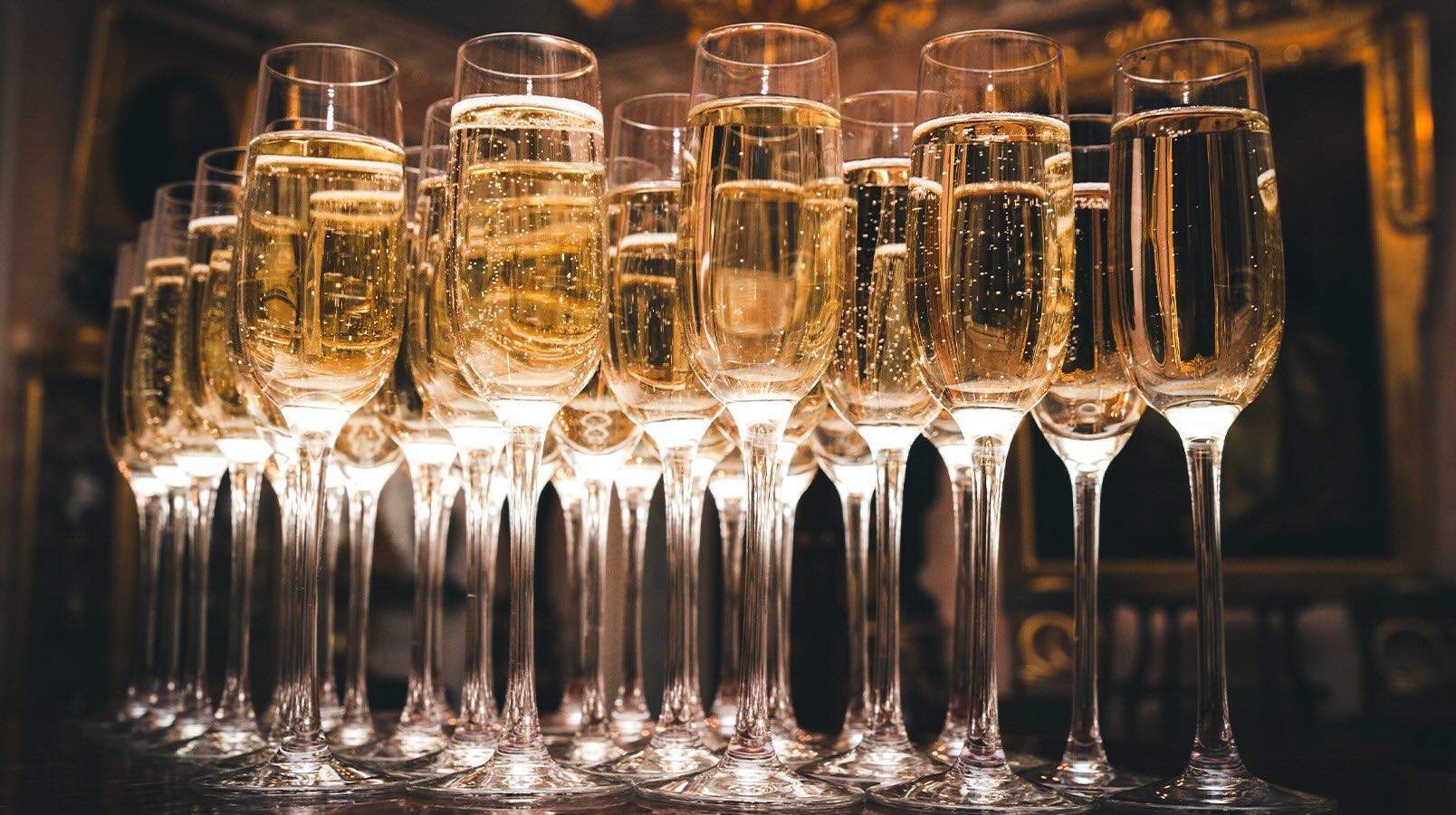

Tableware
What Are Champagne Flutes?
Modified: October 19, 2024
Discover the elegance of champagne flutes and enhance your tableware collection. Learn what champagne flutes are and why they are essential for celebrating special occasions.
(Many of the links in this article redirect to a specific reviewed product. Your purchase of these products through affiliate links helps to generate commission for Storables.com, at no extra cost. Learn more)
Introduction
Welcome to the fascinating world of champagne flutes! These exquisite glassware pieces play a significant role in enhancing the enjoyment of champagne, and they have a rich history and unique design that sets them apart from other types of glassware.
When it comes to celebrating special occasions or indulging in a glass of bubbly, champagne flutes are the go-to choice for wine enthusiasts and connoisseurs alike. In this article, we will delve into the origins, characteristics, and importance of champagne flutes, as well as provide some tips on choosing the right flute for your needs.
So let’s dive in and discover the magic behind these elegant vessels that add a touch of sophistication to any celebratory moment.
Key Takeaways:
- Champagne flutes, with their slender design and narrow rim, preserve bubbles and enhance aromas, elevating the sensory experience of savoring Champagne to new heights.
- The history, design, and care of champagne flutes contribute to the art of Champagne tasting, making them an essential element in fully appreciating the nuances of this exquisite wine.
Read more: What To Engrave On Wedding Champagne Flutes
History of Champagne Flutes
The history of champagne flutes can be traced back to the early 18th century in France. It was during this time that the Champagne region was gaining recognition for producing the sparkling wine that we now know as Champagne. As the popularity of Champagne grew, so did the need for glassware specifically designed to enhance its unique characteristics and presentation.
Initially, Champagne was consumed from regular wine glasses or saucer-shaped coupes. However, these glasses failed to capture the essence and effervescence of Champagne. The wide flat bowls of the saucer-shaped coupes caused the bubbles to dissipate quickly, leading to a loss of the wine’s aroma and flavor.
It wasn’t until the mid-19th century that the modern champagne flute as we know it today began to emerge. The development of the flute shape was influenced by the desire to preserve the wine’s effervescence and showcase its delicate bubbles in a more visually appealing way.
One of the key figures in the evolution of champagne flutes was Claude Prévost, a French glassmaker. Prévost introduced the elongated, slender shape of the flute, which helped to capture and retain the bubbles, while also elegantly displaying the wine’s color and effervescence.
Over the years, the design of the champagne flute continued to evolve, with various glassmakers and designers adding their own unique touches. Today, champagne flutes come in a range of styles, from the classic tall, narrow shape to more contemporary designs that offer a twist on tradition.
The evolution of champagne flutes is a testament to our constant pursuit of enhancing the drinking experience. These specialized glasses have become an integral part of Champagne culture and are now synonymous with celebration and refinement.
Design and Characteristics of Champagne Flutes
Champagne flutes are characterized by their distinctive design, which is specifically engineered to enhance the enjoyment of Champagne. Let’s explore some of the key design elements and characteristics of these elegant glassware pieces.
One of the defining features of a champagne flute is its elongated, slender shape. The tall, narrow bowl is designed to showcase the wine’s effervescence by allowing the bubbles to rise in a continuous stream from the bottom to the top of the glass. This vertical column of bubbles not only creates an enchanting visual display but also helps to retain the wine’s carbonation for a longer period.
The narrow opening, or rim, of the flute serves a crucial purpose in concentrating the wine’s aromas. By directing the aromas towards the drinker’s nose, the narrow rim allows for a more intense and pleasurable olfactory experience. This, in turn, enhances the overall sensory enjoyment of the Champagne.
The stem of a champagne flute serves both a practical and aesthetic purpose. The stem allows the drinker to hold the glass without warming the wine with their body heat. It also adds an element of elegance and sophistication to the design of the flute. The stem may be short or long, depending on the specific style and design of the glass.
Another important characteristic of champagne flutes is their material. In traditional flutes, crystal or lead crystal glass is often used, as it provides a superior clarity and brilliance, making the wine visually appealing. Crystal also has the advantage of being thin and delicate, which allows for a more refined drinking experience.
However, there are also many high-quality flutes made from other materials such as glass or even durable, dishwasher-safe materials like Tritan. These alternatives offer durability, affordability, and accessibility to a wider range of consumers without compromising the overall Champagne drinking experience.
In addition to their functional design, champagne flutes often feature various decorative elements. From simple, sleek designs to intricately engraved patterns or etchings, the aesthetic appeal of the flute can further enhance the overall experience of drinking Champagne.
Overall, the unique design and characteristics of champagne flutes play a vital role in preserving the wine’s bubbles, concentrating its aromas, and elevating the visual and sensory experience for the drinker. The combination of beauty and purpose makes champagne flutes an essential tool for truly savoring the magic of Champagne.
Different Types of Champagne Flutes
Champagne flutes come in a variety of styles and designs, each with its own unique features and aesthetic appeal, perfect to set your table with elegance. Let’s explore some of the different types of champagne flutes available:
- Traditional Flute: This is the classic champagne flute that most people are familiar with. It features a tall, narrow bowl with a pointed bottom and a slender stem. The narrow opening concentrates the aromas, and the elongated shape preserves the bubbles. This type of flute is often made of crystal for added elegance and sophistication.
- Coupe: While not technically a flute, the coupe glass was popular in the early 20th century and is still used today for serving Champagne. It has a shallow, wide bowl with a short stem. The coupe glass is known for its vintage charm and is often associated with the glamour of the 1920s and 1930s. However, it is not recommended for preserving the wine’s effervescence, as the bubbles dissipate quickly.
- Tulip Flute: The tulip flute is a modern variation on the traditional flute. It has a slightly wider bowl with a gentle taper towards the top. This design allows for a broader surface area, which enhances the wine’s aromas and allows for a fuller sensory experience. The tulip flute strikes a balance between the classic flute and the wider bowl of a coupe glass.
- Stemless Flute: Stemless champagne flutes have gained popularity in recent years for their contemporary and sleek design. These glasses do not have a traditional stem, and the bowl sits directly on a flat base. Stemless flutes are often made of durable materials such as glass or Tritan, making them a practical choice for casual gatherings or outdoor events.
- Decorative Flutes: In addition to the various shapes and designs, champagne flutes can also feature decorative elements. Engravings, etchings, or patterns on the glass can add a touch of elegance, personality, or celebration to the drinking experience. From intricate designs to personalized flutes for special occasions, decorative flutes offer a unique and memorable way to enjoy Champagne.
When selecting the type of champagne flute to use, it’s important to consider your personal preferences, the occasion, and the style of Champagne you’ll be serving. Each type of flute offers its own distinct qualities and can contribute to the overall enjoyment of the wine. Ultimately, the choice is about finding the flute that fits your style and enhances your Champagne drinking experience.
Choosing the Right Champagne Flute
Choosing the right champagne flute is essential to fully appreciate and enjoy the nuances of Champagne. Here are some factors to consider when selecting the perfect flute:
- Style and Design: Decide on the style and design of the flute that resonates with your personal taste and the occasion. Whether you prefer a traditional flute, a tulip flute for enhanced aromas, or a stemless design for a modern touch, choose a style that reflects your aesthetic preferences.
- Material: Consider the material of the flute. Traditional flutes are often made of crystal or lead crystal, which provides exceptional clarity and elegance. However, there are also high-quality flutes made from glass or durable materials like Tritan that offer practicality and accessibility without compromising the Champagne experience.
- Quality: Opt for flutes from reputable glassware brands known for their craftsmanship and attention to detail. Investing in high-quality flutes ensures durability, better clarity, and an overall enhanced drinking experience.
- Size: Consider the size of the flute. While most flutes have a standard capacity of around 6 to 8 ounces, you may find smaller or larger options. A smaller flute allows for more frequent refills and ensures that the Champagne stays fresh and bubbly. Larger flutes offer more room for aromas to develop and can be ideal for savoring premium Champagnes.
- Occasion: Tailor your choice of flute to the specific occasion. For formal events or special celebrations, classic or decorative flutes add an extra touch of elegance. For casual gatherings or outdoor parties, stemless flutes or practical alternatives may be more suitable.
- Maintenance: When considering how to clean champagne flutes, it’s important to take into account the ease of maintenance and the specific cleaning requirements. Some flutes may necessitate handwashing to preserve their quality and appearance, whereas others can conveniently be cleaned in a dishwasher. Therefore, choose a champagne flute that aligns with your lifestyle and preferences for upkeep.
Ultimately, the right champagne flute is a personal choice that aligns with your preferences and enhances your Champagne drinking experience. Whether you prioritize elegance, functionality, or both, selecting a flute that meets your needs will elevate the enjoyment of every sip of Champagne.
When choosing champagne flutes, look for ones with a long, narrow bowl to preserve the bubbles and aromas of the champagne. The thin rim also helps direct the champagne to the front of the palate for optimal taste.
Read more: How To Clean Champagne Flutes
Proper Use and Care of Champagne Flutes
To ensure the longevity and optimal performance of your champagne flutes, it’s important to use and care for them properly. Here are some tips to keep your flutes in pristine condition:
- Handling: When handling champagne flutes, always hold them by the stem. Avoid gripping the bowl, as the heat from your hands can increase the temperature of the wine and affect its flavor. The delicate stem should be grasped near the base to provide stability.
- Serving Temperature: Champagne is best enjoyed chilled, so make sure your flutes are cooled in the refrigerator before pouring the wine. This helps to maintain its crispness and effervescence. Avoid freezing the flutes as extreme temperatures can cause damage.
- Pouring: When pouring Champagne into a flute, tilt the glass slightly at an angle. This prevents excessive foaming and allows for a controlled pour. Slowly pour the Champagne along the side of the flute to preserve the bubbles and minimize splashing.
- Cleaning: Most champagne flutes are best cleaned by hand to prevent any damage. Use warm water and a mild detergent to gently clean the flutes, ensuring that all residue is properly rinsed off. Avoid using abrasive materials or harsh chemicals that may scratch or degrade the glass. For stemless flutes or flutes made from Tritan or other durable materials, check the manufacturer’s instructions for dishwasher safety.
- Storage: When storing your champagne flutes, ensure they are placed in a secure and stable location to prevent any accidents. If you have limited storage space, consider investing in storage solutions that keep the flutes safely organized and protected.
- Prevent Breakage: Handle your flutes with care to prevent breakage. Avoid stacking them or placing heavy objects on top to prevent pressure or impact damage. If you transport your flutes, use protective packaging or a padded case to prevent breakage during transit.
By following these guidelines, you can prolong the lifespan of your champagne flutes and ensure that each glass of bubbly is enjoyed to the fullest. Taking proper care of your flutes not only maintains their appearance but also preserves their functionality for the ultimate Champagne experience.
The Importance of Champagne Flutes in Champagne Tasting
Champagne flutes play a crucial role in the art of Champagne tasting, as they enhance the sensory experience and allow the wine to fully express its unique characteristics. Here are some reasons why champagne flutes are essential when it comes to tasting Champagne:
- Bubbles Preservation: The design of champagne flutes, with their tall, narrow shape, helps to preserve the wine’s effervescence. The continuous stream of bubbles that rise from the bottom to the top of the glass creates a captivating visual display. This not only adds to the aesthetic enjoyment but also contributes to the overall tasting experience. The bubbles release aromatic compounds, allowing you to fully appreciate the wine’s complexity.
- Aroma Concentration: The narrow opening of a champagne flute concentrates the aromas of the wine, directing them towards the drinker’s nose. This enhances the olfactory experience, as the delicate and intricate aromas are captured and enjoyed to their fullest. The ability to appreciate the wine’s bouquet is an essential part of Champagne tasting, as it reveals nuances and helps to identify the unique characteristics of different Champagne varieties.
- Temperature Control: The elongated shape of a flute helps to control the temperature of the Champagne. The narrow surface area reduces the wine’s exposure to air, keeping it cooler for a longer period. This ensures that the Champagne remains refreshing and maintains its crispness throughout the tasting experience.
- Visual Examination: Champagne flutes provide a clear and unobstructed view of the wine, allowing for a visual examination of its color and clarity. The effervescence also adds a visually pleasing element to the tasting experience. The bubbles can indicate the wine’s quality and reveal insights into its production process and aging.
- Elegant Presentation: Champagne flutes add an element of elegance and sophistication to the tasting experience. The slender, delicate design of the flute enhances the ambiance and elevates the overall enjoyment of Champagne. The aesthetics of the flute contribute to the sensory pleasure of the tasting, making it a more memorable and gratifying experience.
Overall, champagne flutes are not only practical vessels for serving Champagne but also essential tools for fully appreciating and evaluating the wine’s characteristics. From preserving the bubbles and concentrating the aromas to maintaining the optimal temperature, flutes create an immersive experience that allows you to dive into the world of Champagne and indulge in its splendor. So, raise your flute, savor every sip, and let the Champagne take you on a sensory journey.
Alternatives to Champagne Flutes
While champagne flutes are the traditional choice for serving Champagne, there are several alternative glassware options that can enhance the tasting experience in their own unique ways. Here are some popular alternatives to champagne flutes:
- White Wine Glasses: White wine glasses, with their wider bowl and shorter stems, can be a suitable alternative to champagne flutes. The larger surface area allows for better aeration, which can enhance the expression of aromas in the Champagne. However, be aware that the wider bowl may cause the bubbles to dissipate more quickly.
- Sparkling Wine Tulips: Sparkling wine tulips are similar to champagne flutes but have a slightly broader and rounder bowl. This shape can intensify the aromas and flavors of the Champagne, making it a great option for those who want a more pronounced sensory experience.
- Coupes: Coupes, with their wide and shallow bowls, have a vintage charm and were the traditional choice for serving Champagne in the early 20th century. While they are not ideal for preserving the wine’s bubbles, they can be a visually appealing option for those seeking a touch of nostalgia.
- Stemless Wine Glasses: Stemless wine glasses provide a modern and casual alternative to traditional flutes. They offer versatility and are often more durable, making them suitable for everyday use or outdoor gatherings. However, keep in mind that the lack of a stem means that the heat from your hands can affect the temperature of the Champagne.
- Tulip Beer Glasses: Tulip beer glasses, with their curved shape and inward flared rim, can also work well for serving Champagne. The shape helps to concentrate the aromas while preserving the bubbles. This unconventional choice can add a unique twist to your Champagne tasting experience.
When considering an alternative to champagne flutes, it’s important to remember that each glassware option will have its own impact on the Champagne’s presentation and flavor profile. Factors such as the size, shape, and material of the glass can influence how the Champagne interacts with your senses. Experimenting with different glassware options can be a fun and educational experience, allowing you to discover new dimensions of your favorite Champagne.
Ultimately, the choice of glassware comes down to personal preference and the specific characteristics you wish to highlight in the Champagne. Whichever alternative you choose, be sure to consider its appropriateness for the occasion and the style of Champagne you will be enjoying. With the right glassware, you can elevate your Champagne tasting experience to new heights.
Conclusion
Champagne flutes are more than just vessels for serving Champagne; they are an essential part of the experience. With their elegant design and unique characteristics, flutes play a crucial role in enhancing the enjoyment of Champagne, allowing us to fully appreciate its effervescence, aromas, and flavors.
The rich history of champagne flutes, from the saucer-shaped coupes of the past to the classic elongated shape we know today, tells a story of our continuous pursuit of perfection in Champagne consumption. The development of specific glassware designed to preserve the bubbles, concentrate the aromas, and showcase the wine’s visual appeal showcases our commitment to enhancing the sensory experience.
Choosing the right champagne flute is a personal choice that depends on your preferences, the occasion, and the style of Champagne you wish to savor. Whether you opt for a traditional flute, a tulip design, stemless flutes, or even explore alternative glassware options, each choice adds a unique touch to the tasting experience.
Proper use and care of champagne flutes, such as handling them delicately, serving at the appropriate temperature, and cleaning them with care, ensure that they continue to perform optimally and maintain their beauty for years to come.
While champagne flutes are the traditional choice, there are alternatives such as white wine glasses, sparkling wine tulips, coupes, stemless wine glasses, and even tulip beer glasses that offer different dimensions and characteristics to explore. These alternatives can add variety and experimentation to your Champagne tasting adventures.
In conclusion, champagne flutes are more than just tableware; they are an integral part of the Champagne experience. Their design, characteristics, and proper usage all contribute to the visual, aromatic, and gustatory pleasure of enjoying Champagne. So the next time you raise a flute to toast, take a moment to appreciate the craftsmanship and beauty of the glass that helps to turn a simple sip of Champagne into a sophisticated and memorable occasion.
Frequently Asked Questions about What Are Champagne Flutes?
Was this page helpful?
At Storables.com, we guarantee accurate and reliable information. Our content, validated by Expert Board Contributors, is crafted following stringent Editorial Policies. We're committed to providing you with well-researched, expert-backed insights for all your informational needs.
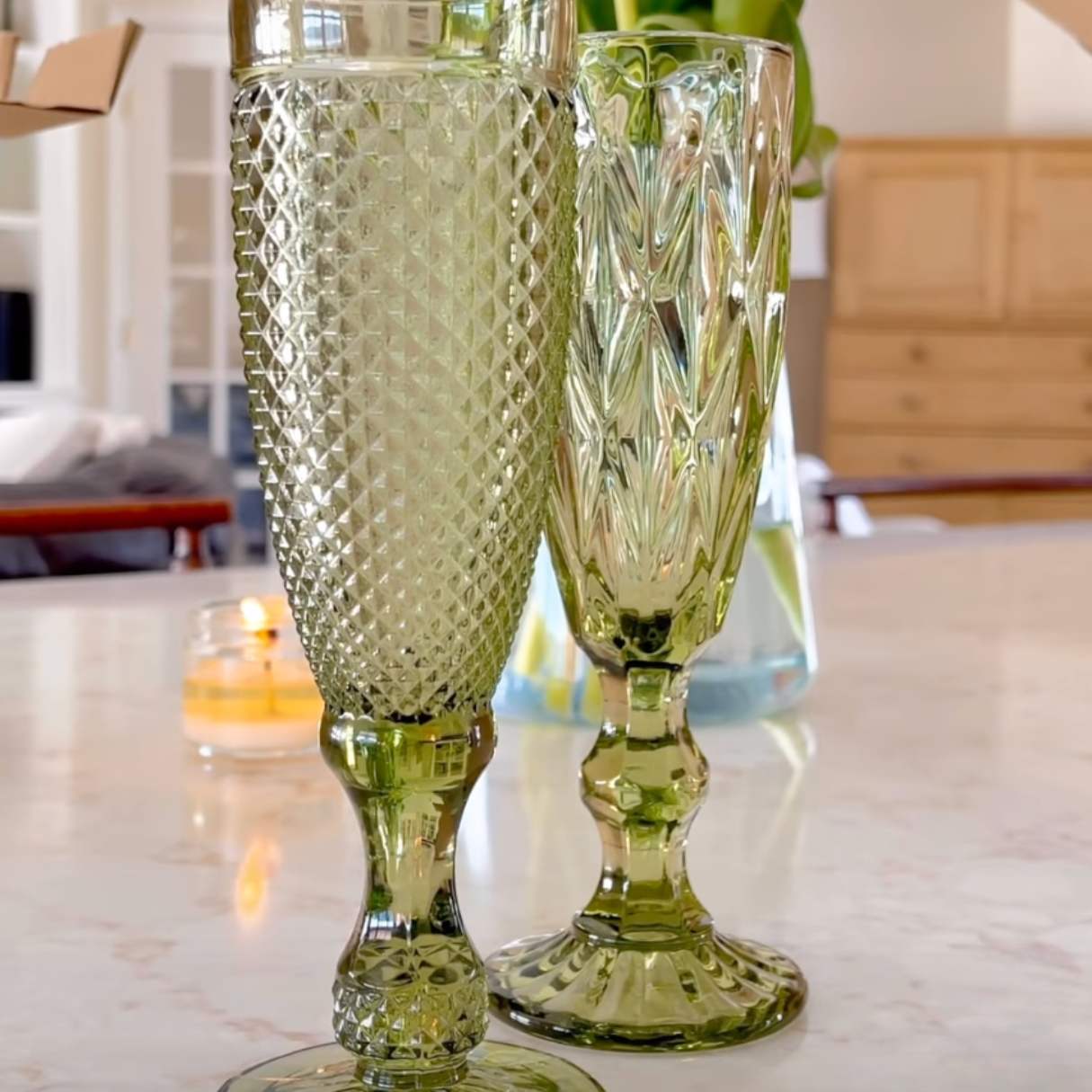
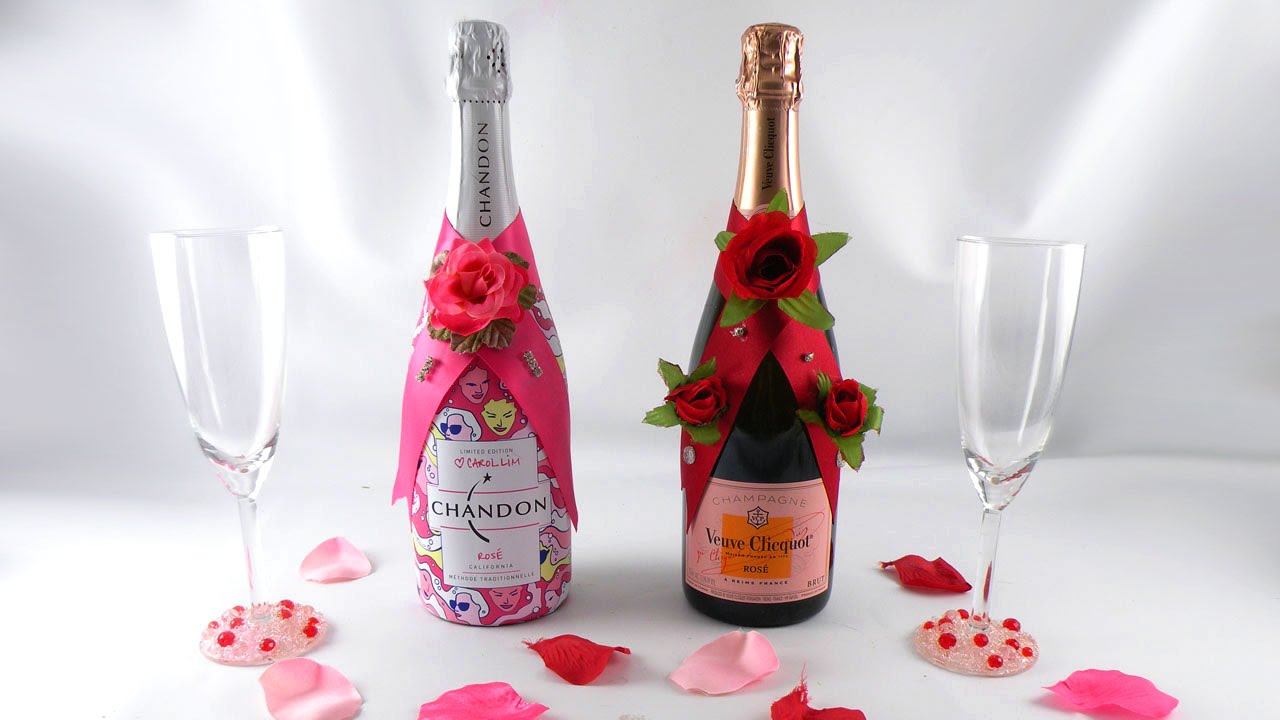
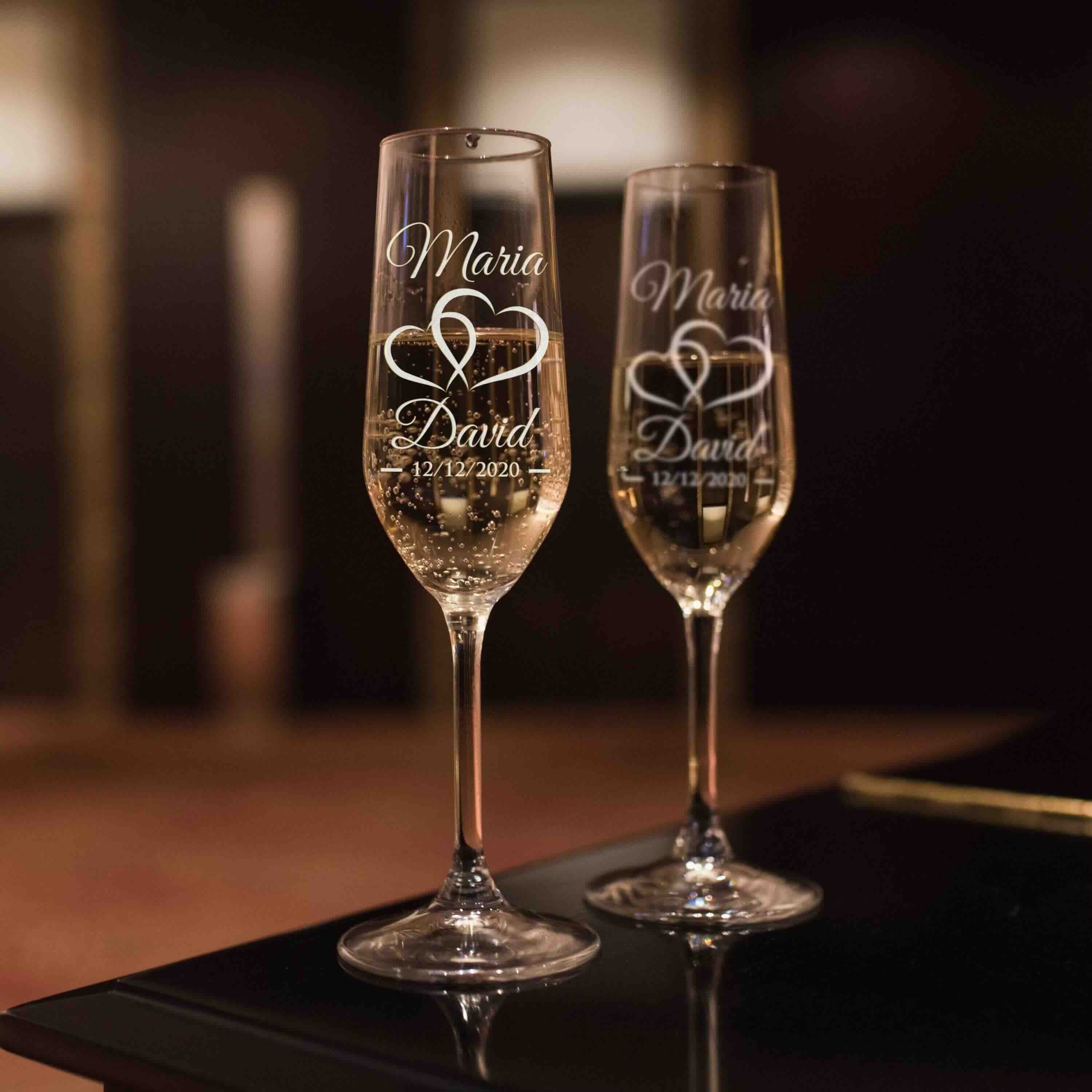

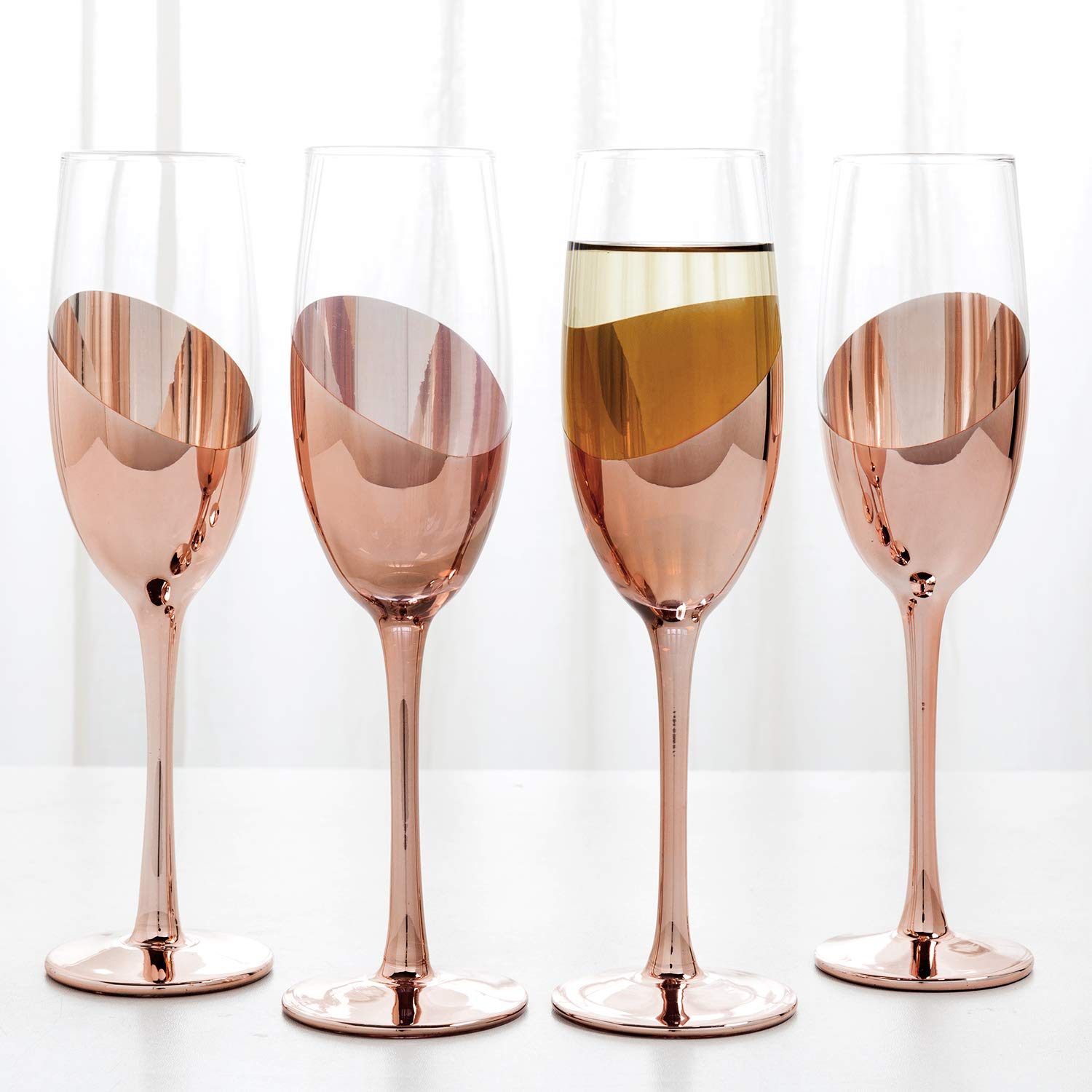
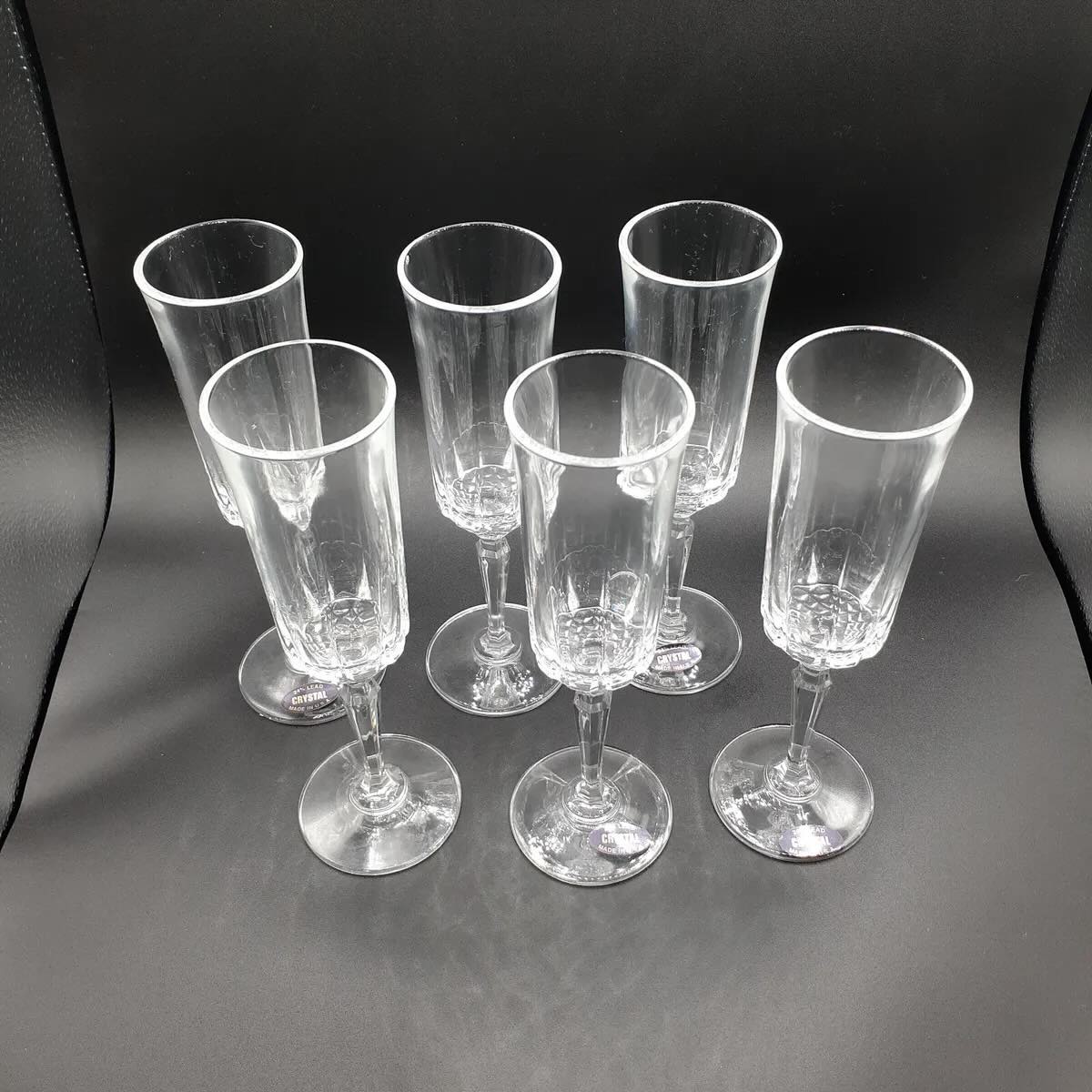
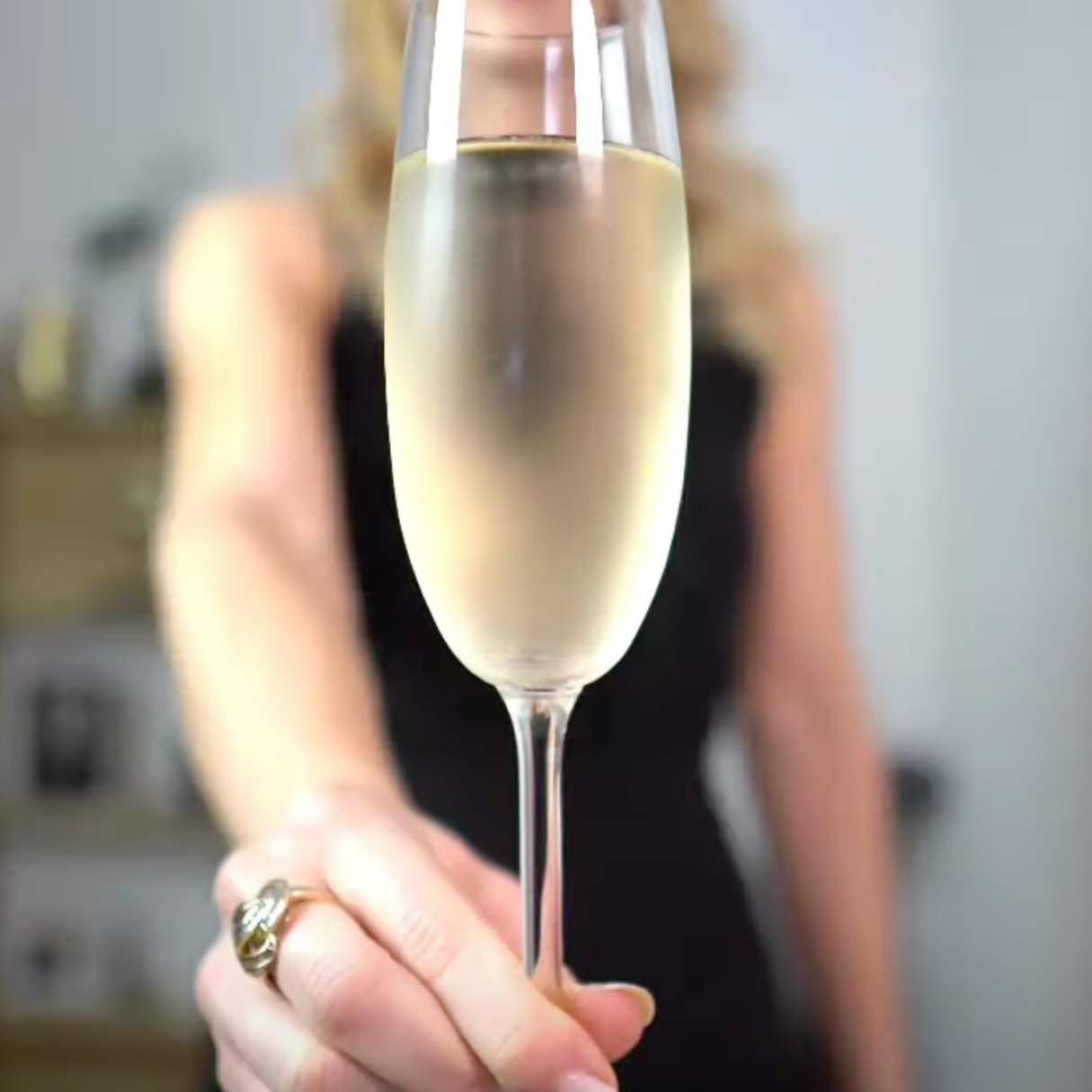
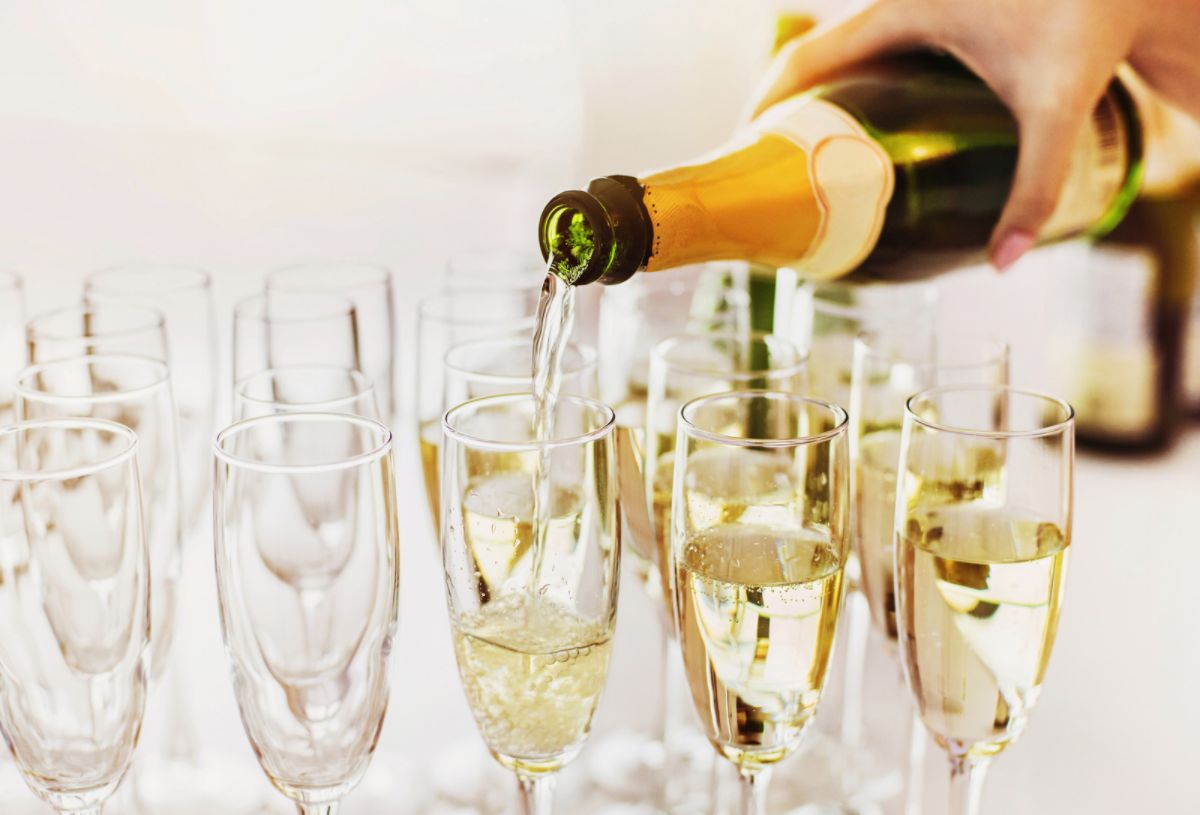
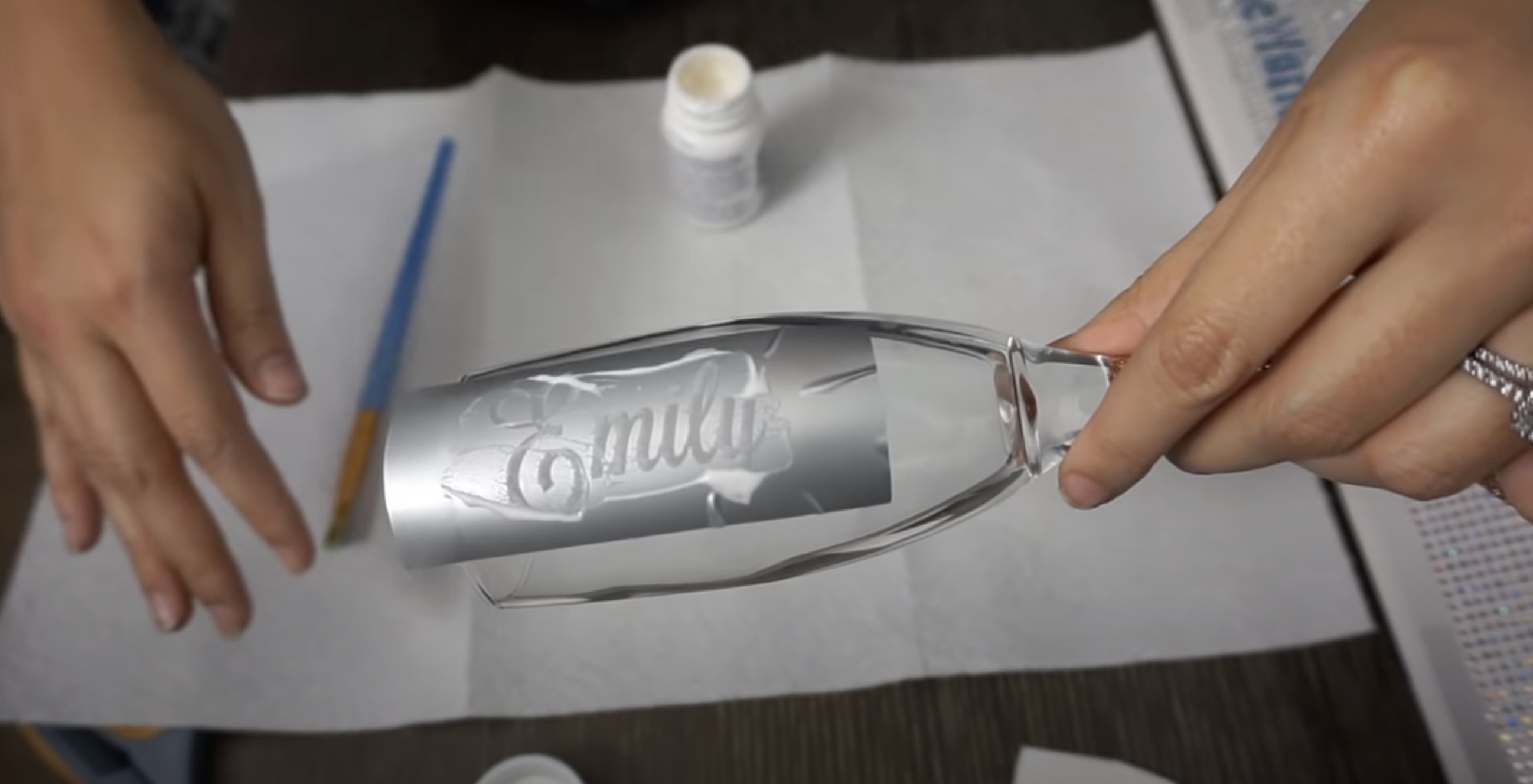
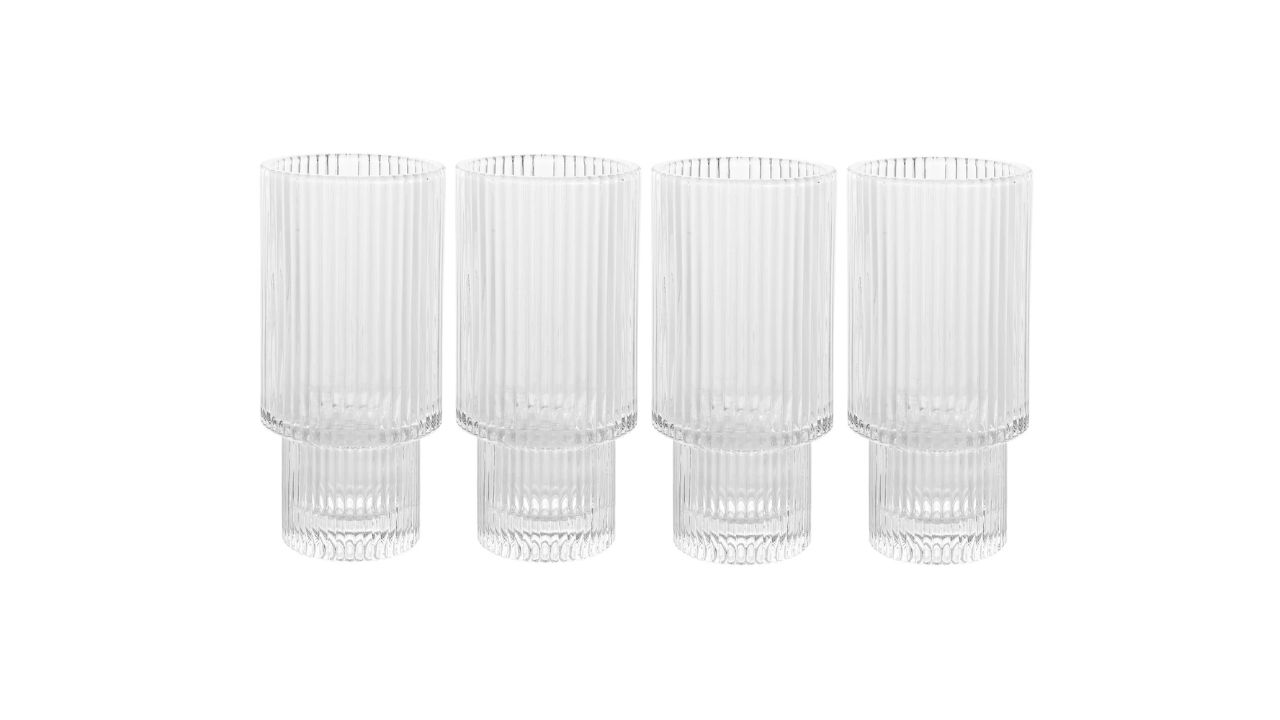
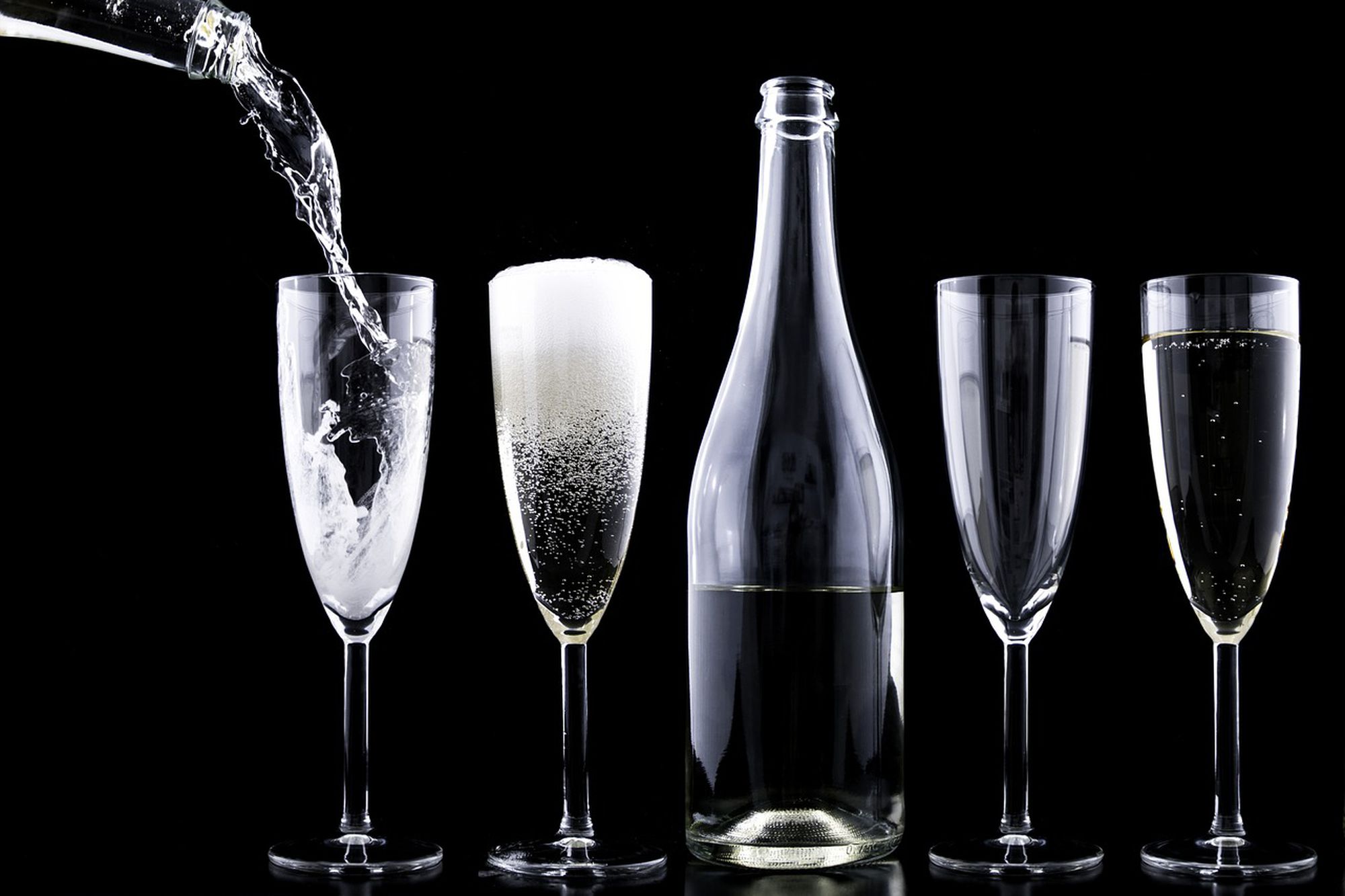
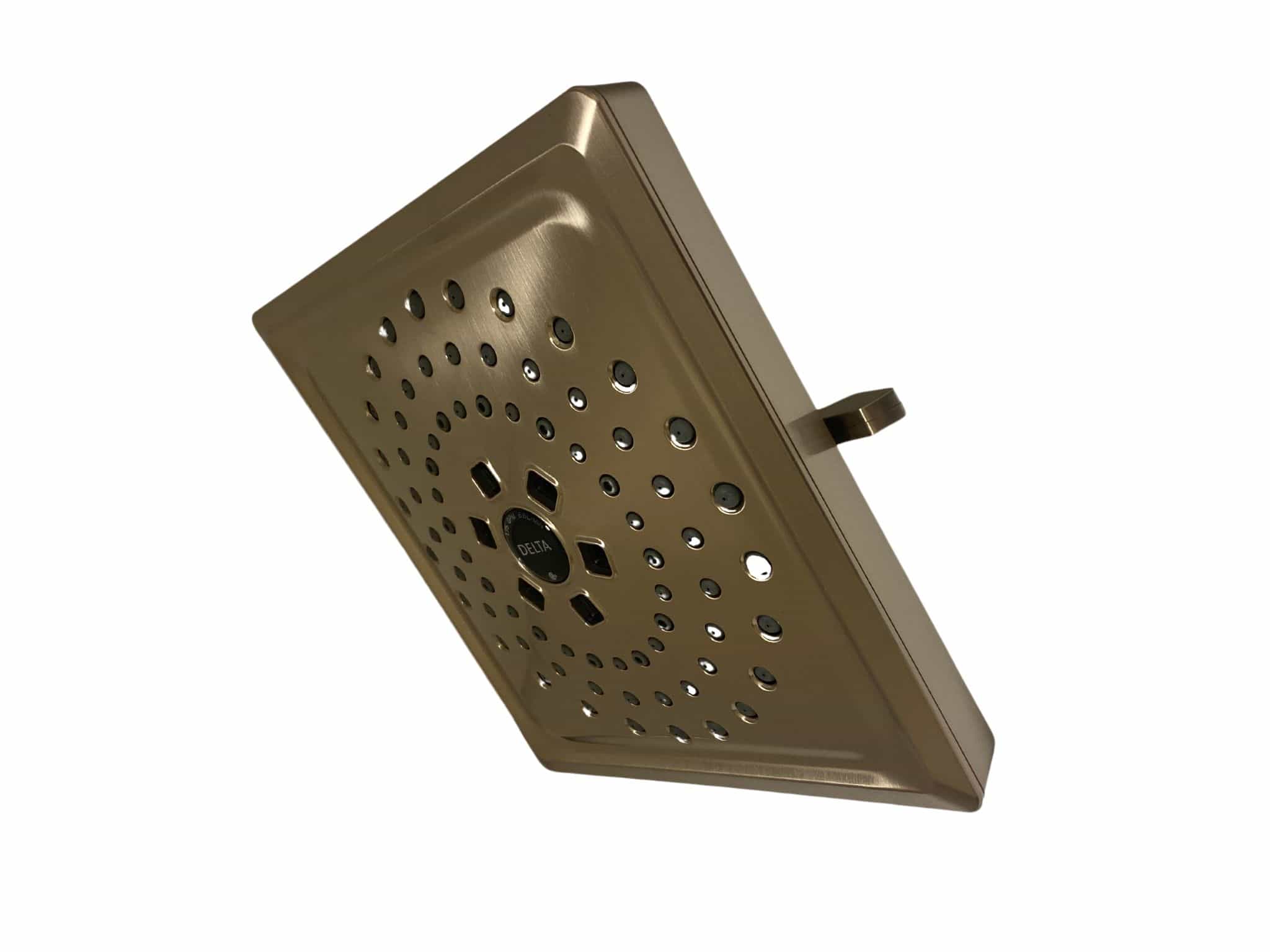
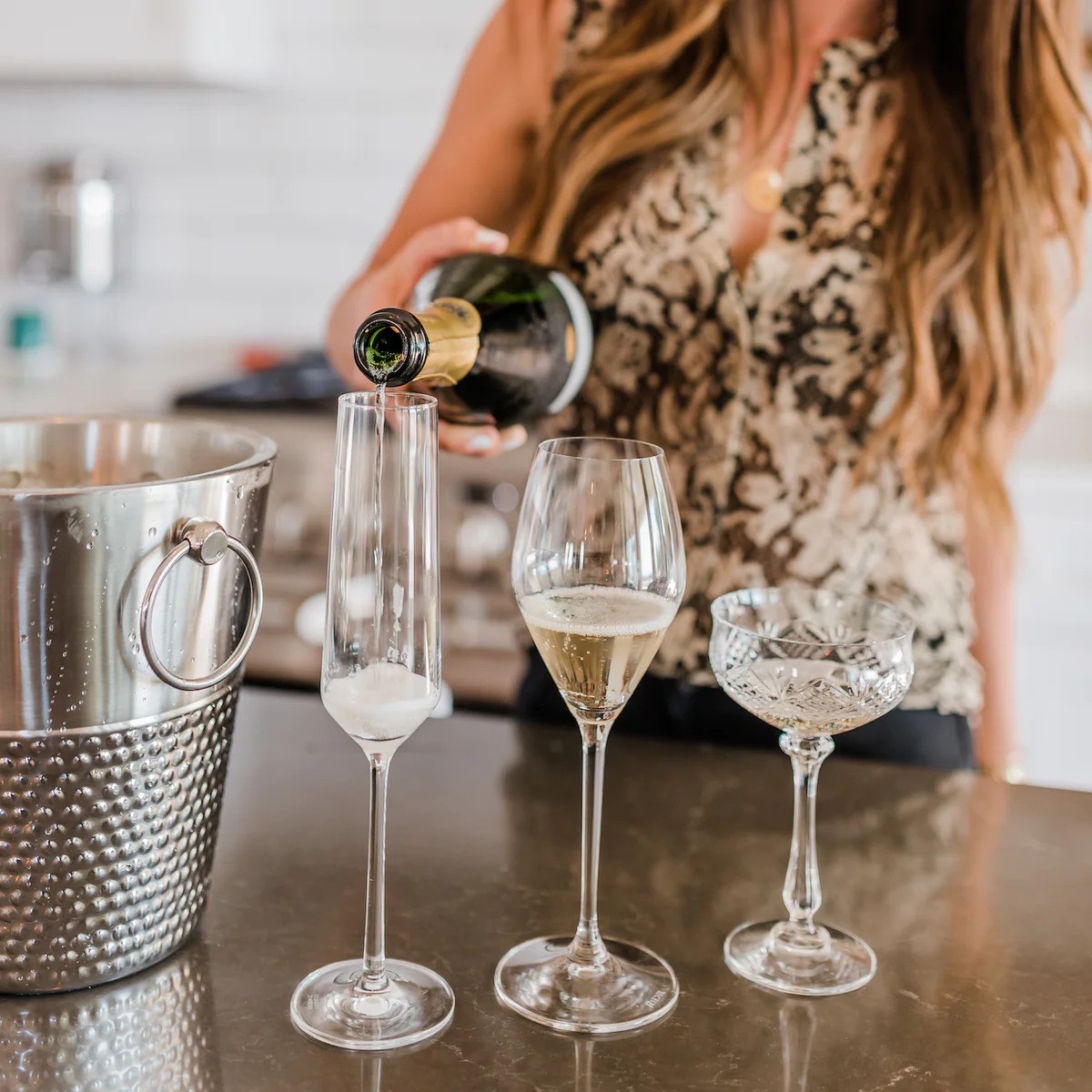
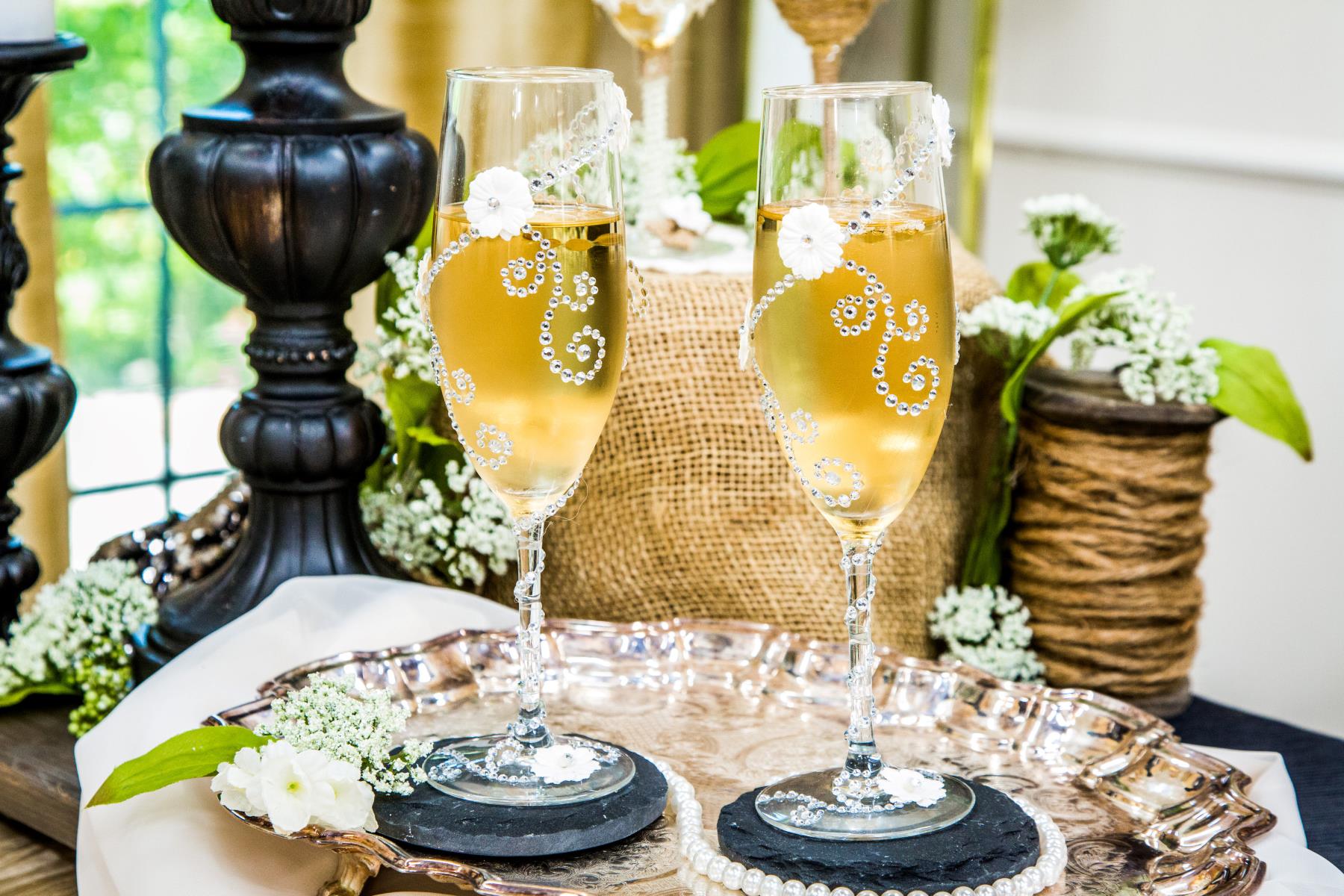

0 thoughts on “What Are Champagne Flutes?”